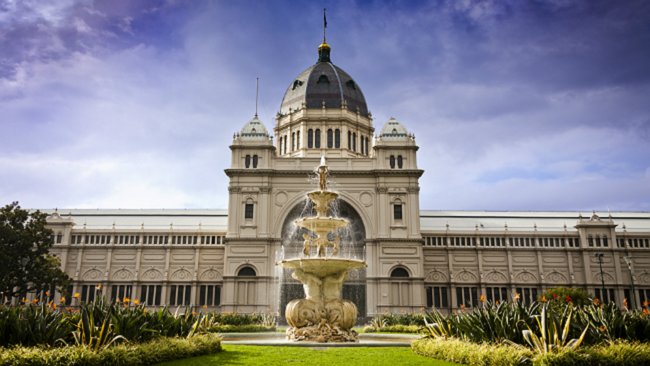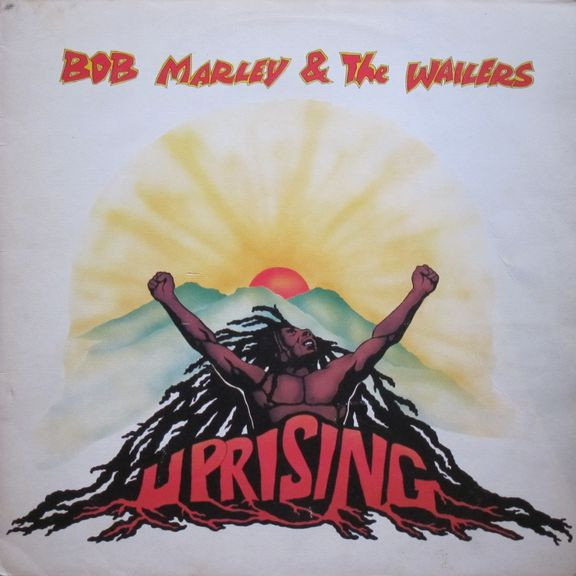Se-tenant: 200 Years Insurgency for Independency in Minas Gerais (Brazil 1989)
200 Years Insurgency for Independency in Minas Gerais (Brazil 1989)
21 April (Brazil ) within release 200 Years Insurgency for Independency in Minas Gerais goes into circulation Se-tenant 200 Years Insurgency for Independency in Minas Gerais face value 1 Brazilian cruzado novo
| Se-tenant 200 Years Insurgency for Independency in Minas Gerais in catalogues | |
|---|---|
| Michel: | Mi: BR 2295-2297 |
| Stamp Number: | Sn: BR 2166 |
| Yvert et Tellier: | Yt: BR 1911-1913 |
| Stanley Gibbons: | Sg: BR 2351a |
| RHM: | RHM: BR C-1627-1629 |
Se-tenant is horizontal format.
Phosphorescent frame. The stamps commemorate the first rebellion against Portuguese domination.Se-tenant 200 Years Insurgency for Independency in Minas Gerais it reflects the thematic directions:
A building or edifice is a structure with a roof and walls standing more or less permanently in one place, such as a house or factory. Buildings come in a variety of sizes, shapes and functions, and have been adapted throughout history for a wide number of factors, from building materials available, to weather conditions, to land prices, ground conditions, specific uses and aesthetic reasons. Buildings serve several needs of society – primarily as shelter from weather, security, living space, privacy, to store belongings, and to comfortably live and work. A building as a shelter represents a physical division of the human habitat (a place of comfort and safety) and the outside (a place that at times may be harsh and harmful).
The Royal Exhibition Building is a World Heritage-listed building in Melbourne, Victoria, Australia, built in 1879–1880 as part of the international exhibition movement, which presented over 50 exhibitions between 1851 and 1915 around the globe. The building sits on approximately 26 hectares (64 acres), is 150 metres (490 ft) long and is surrounded by four city streets. It is at 9 Nicholson Street in the Carlton Gardens, flanked by Victoria, Carlton and Rathdowne Streets, at the north-eastern edge of the central business district. It was built to host the Melbourne International Exhibition in 1880–81, and then hosted the even larger Centennial International Exhibition in 1888, and the formal opening of the first Parliament of Australia in 1901. The building is representative of the money and pride Victoria had in the 1870s. Throughout the 20th century smaller sections and wings of the building were subject to demolition and fire; however, the main building, known as the Great Hall, survived.
A hand is a prehensile, multi-fingered organ located at the end of the forearm or forelimb of primates such as humans, chimpanzees, monkeys, and lemurs. A few other vertebrates such as the koala (which has two opposable thumbs on each "hand" and fingerprints remarkably similar to human fingerprints) are often described as having "hands" instead of paws on their front limbs. The raccoon is usually described as having "hands" though opposable thumbs are lacking.
Rebellion is a violent uprising against one's government. A rebel is a person who engages in a rebellion. A rebel group is a consciously coordinated group that seeks to gain political control over an entire state or a portion of a state.




